Unit 4: Leadership Theory in Management and Operations Report
VerifiedAdded on 2022/01/22
|45
|2531
|26
Report
AI Summary
This report delves into various leadership theories essential for effective management and operations. It begins with an exploration of Situational Leadership, examining how leaders adapt their style based on follower maturity, and details the four styles within this model: Telling/Directing, Selling/Coaching, Participating, and Delegating. The report then transitions to Systems Leadership, analyzing organizations as complex systems and highlighting the benefits of this approach, including raising manager awareness and identifying strategic leadership opportunities. Furthermore, the report investigates Chaos Theory, its origins, and its application in strategic contexts, emphasizing the impact of small changes and the butterfly effect. It also covers the strategic implications of chaos theory, such as the difficulty of long-term planning and the potential for unexpected change. Finally, the report examines Relationship-oriented and Task-oriented approaches to leadership, including Leader-Member Exchange (LMX) Theory and its benefits, concluding with an overview of task-oriented leadership, with details of the different styles used by managers.
1 out of 45
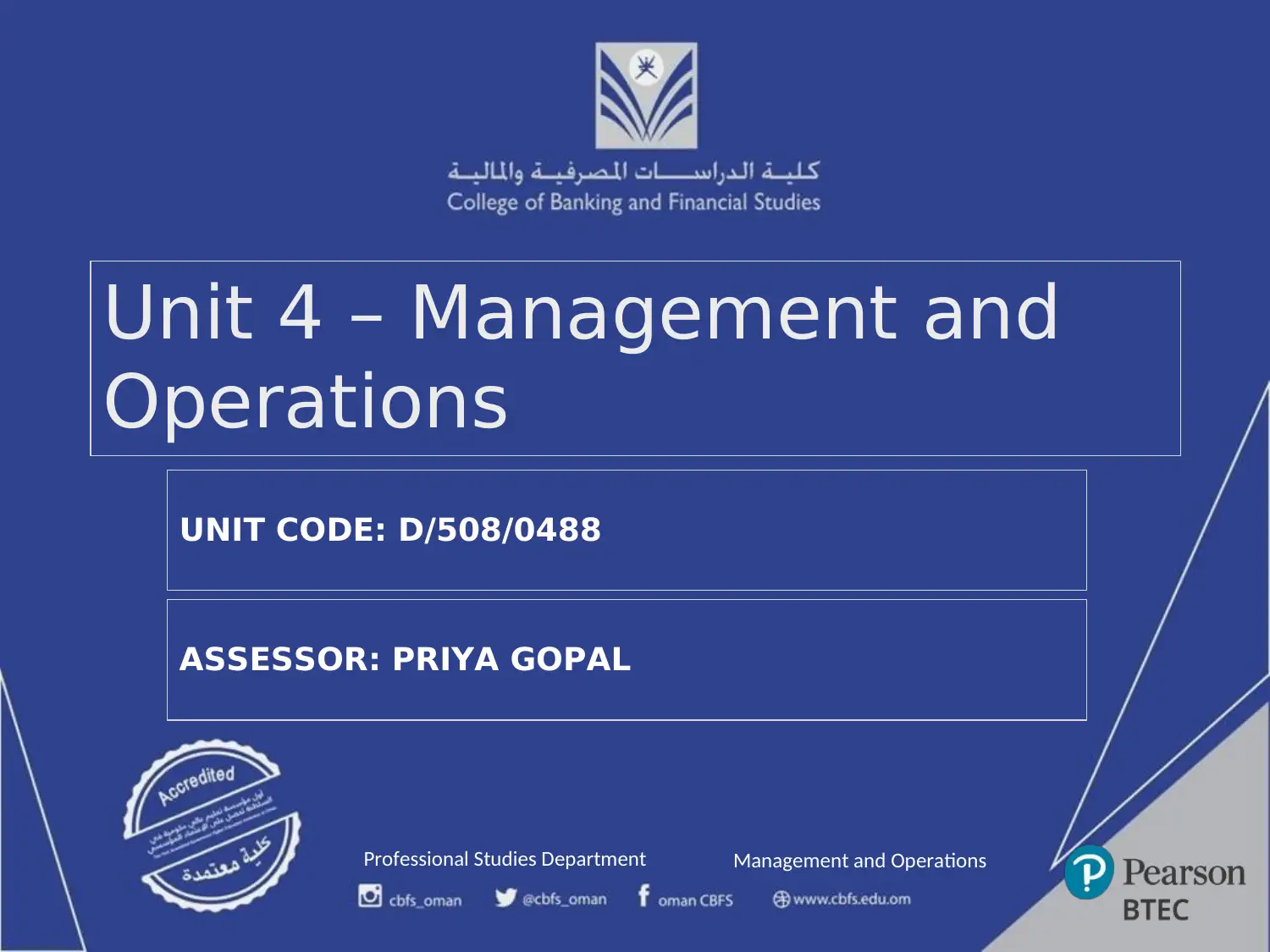
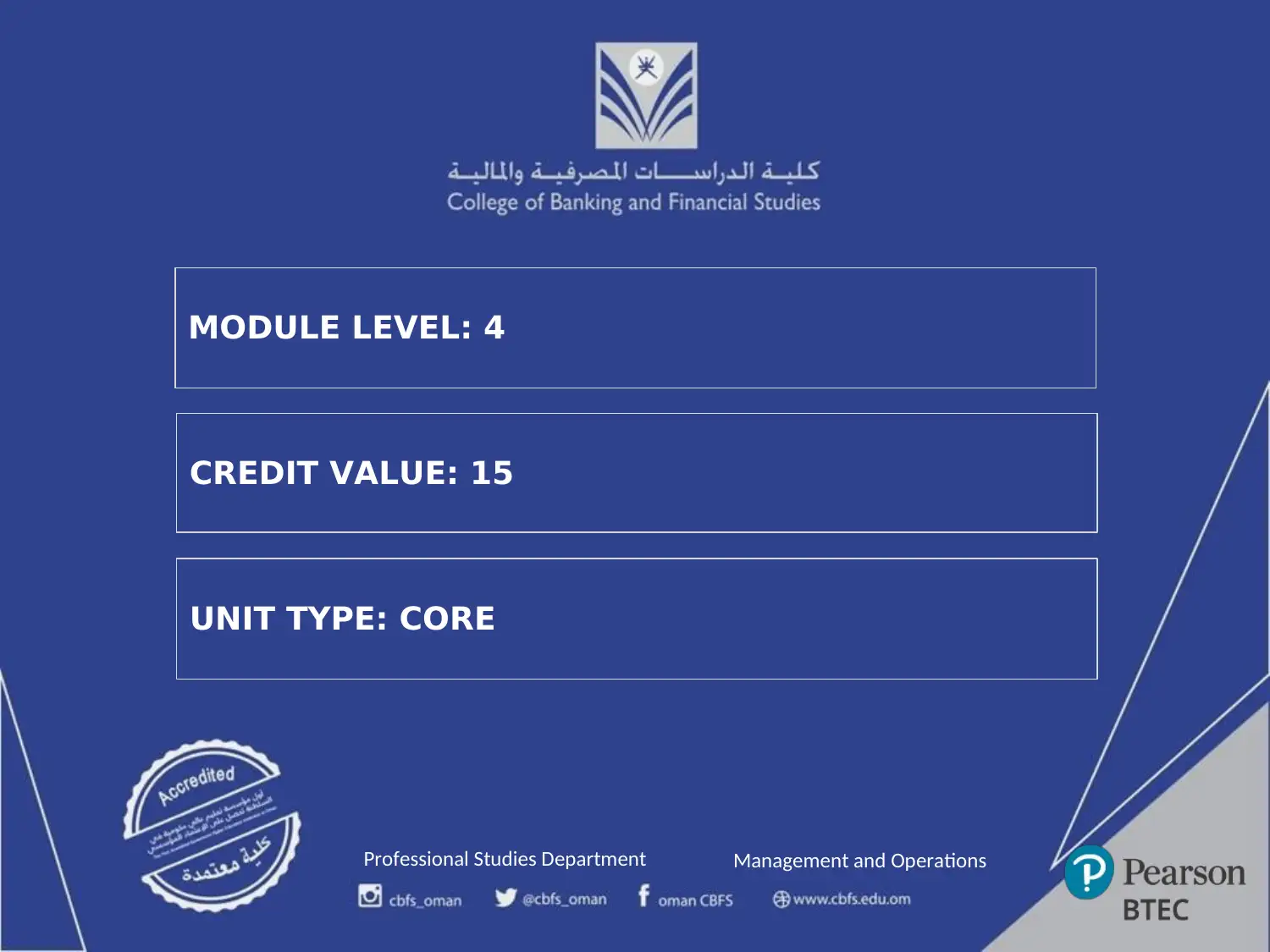
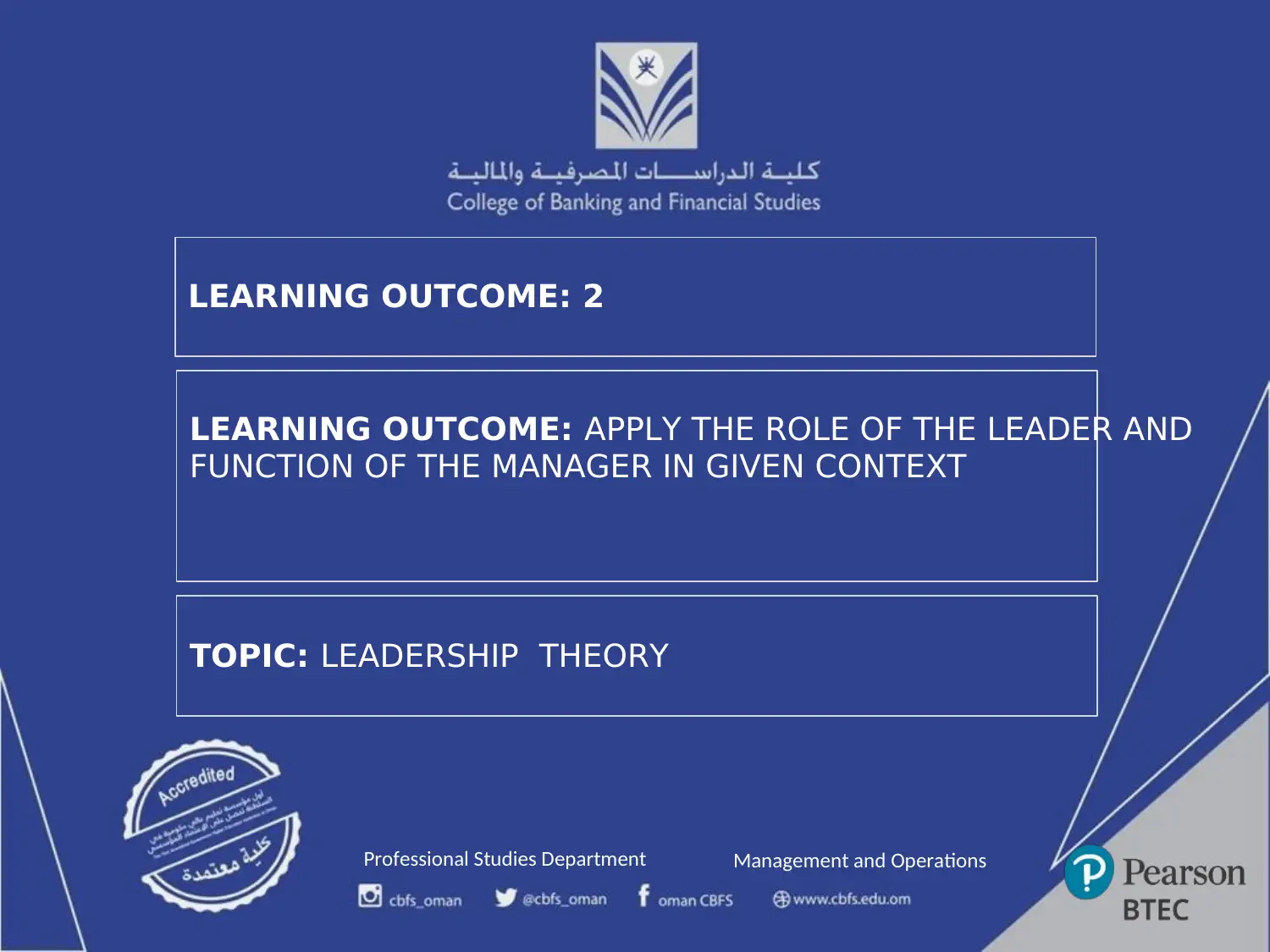

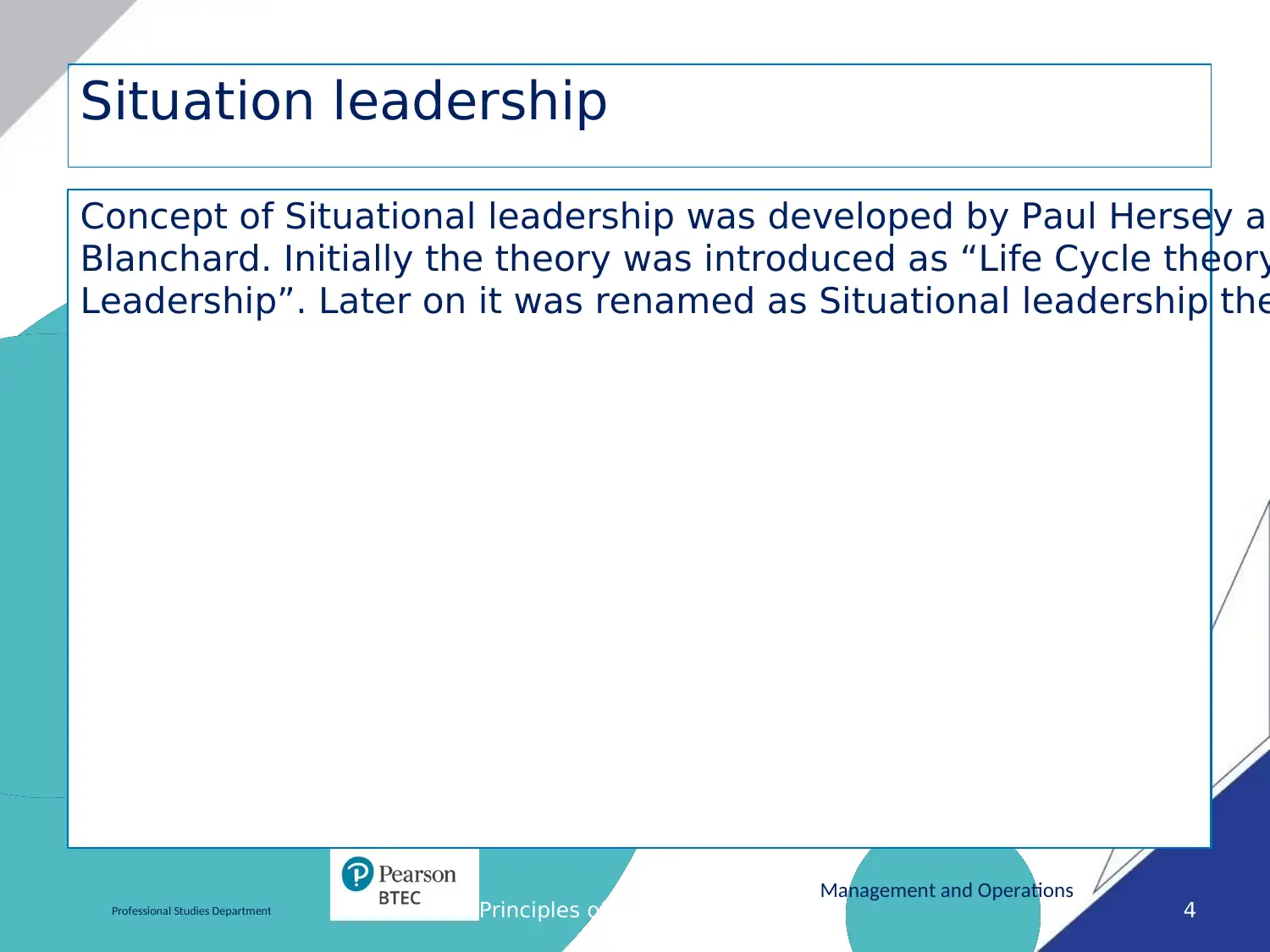
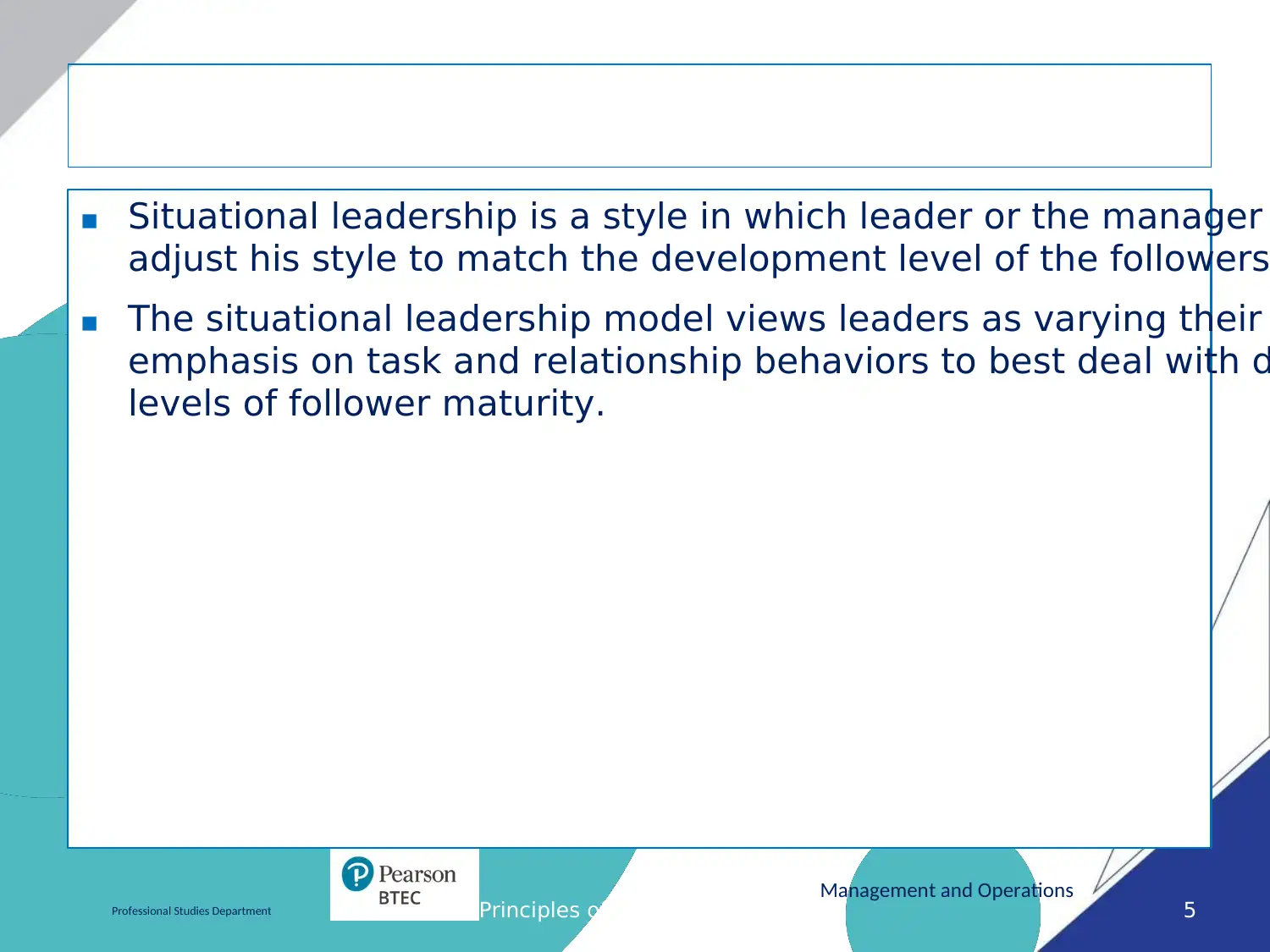
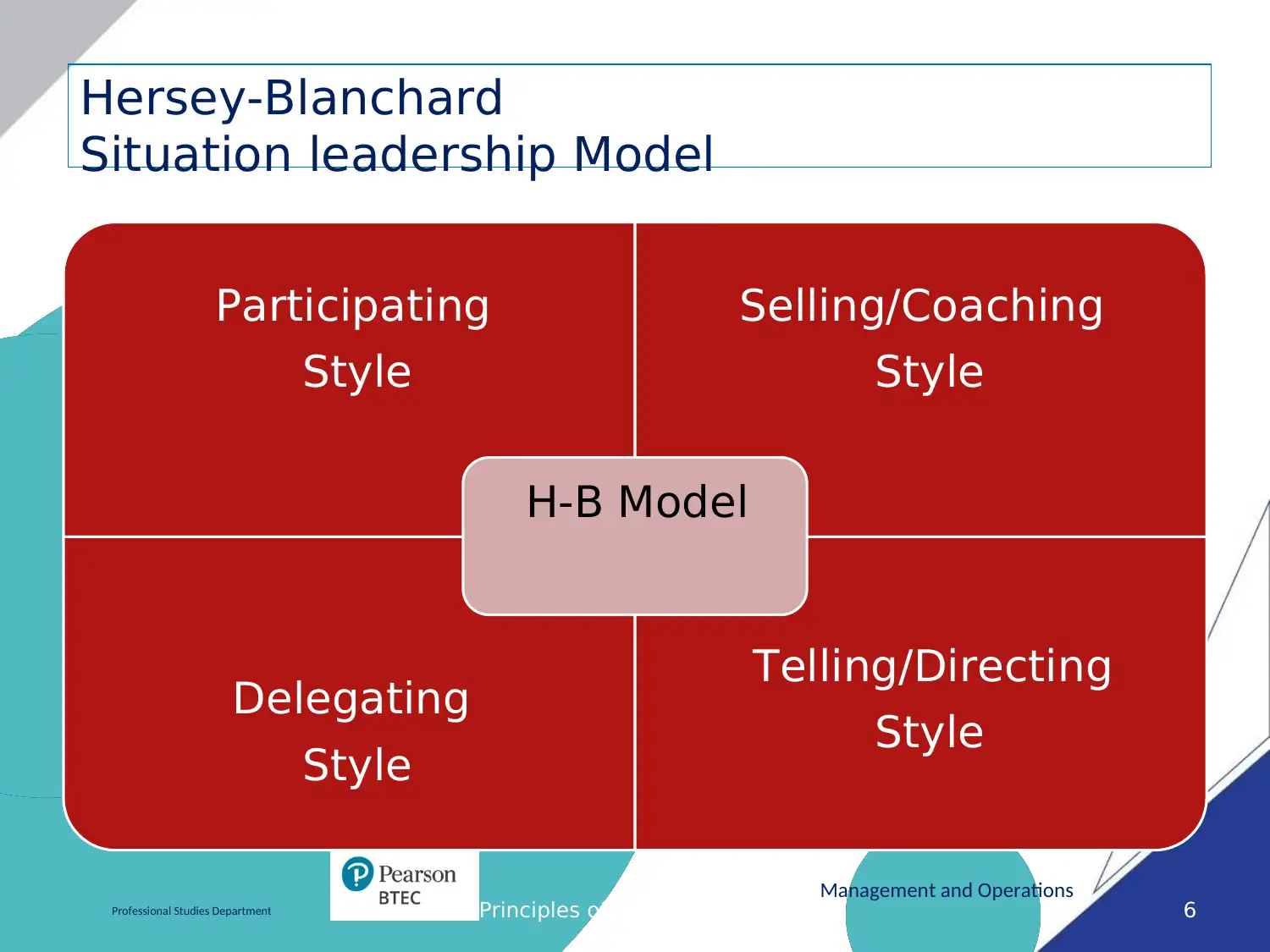
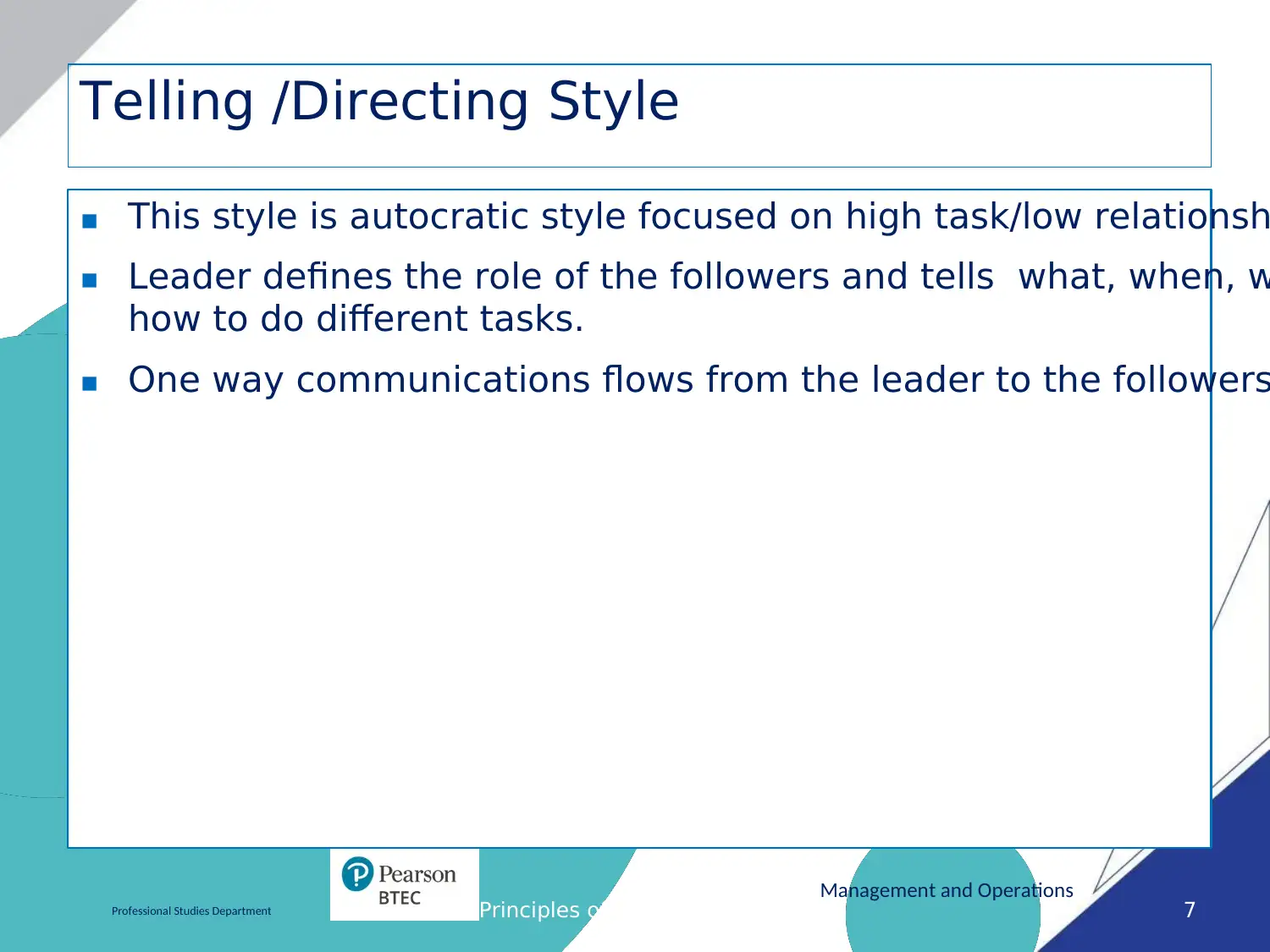
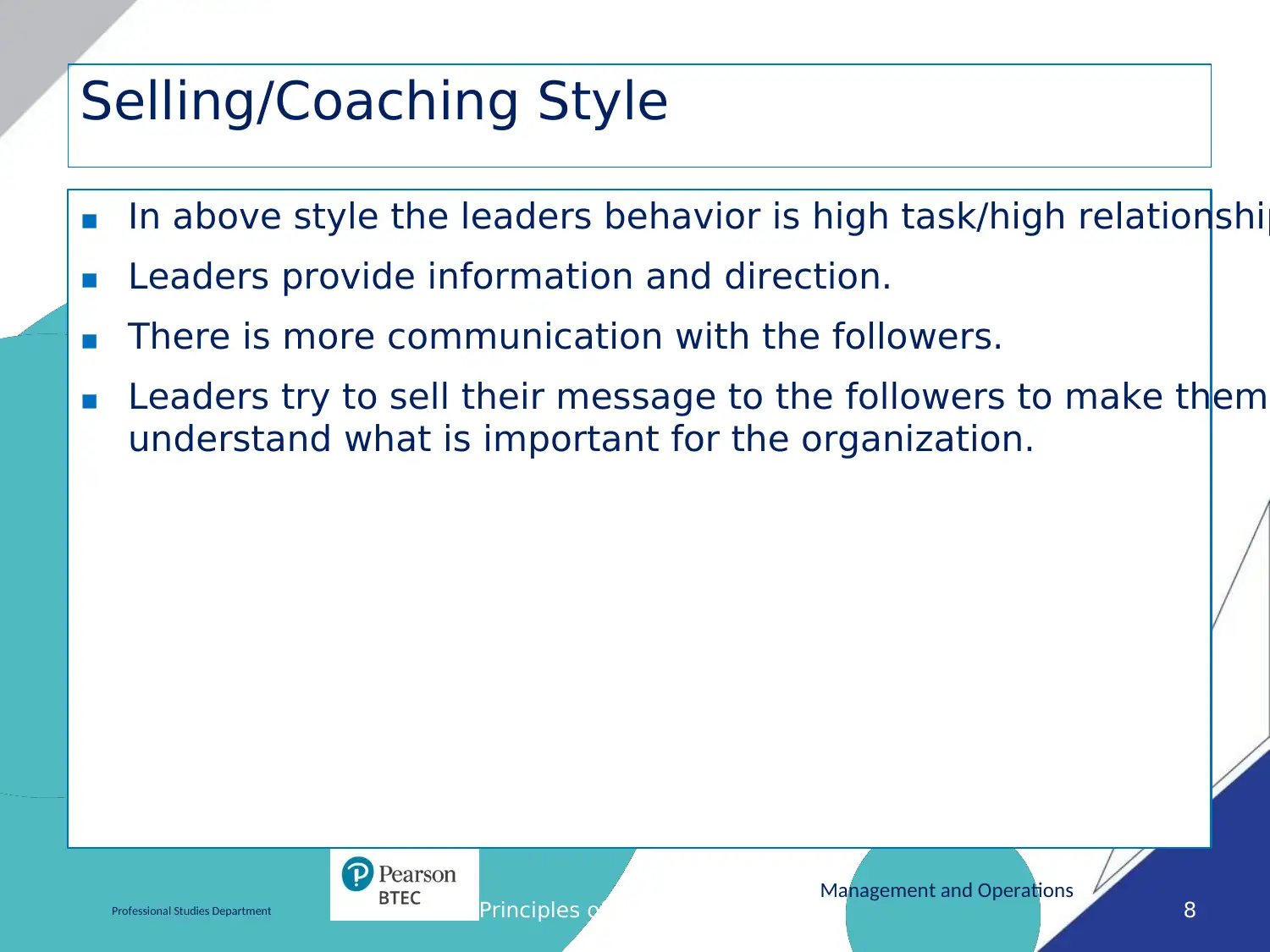
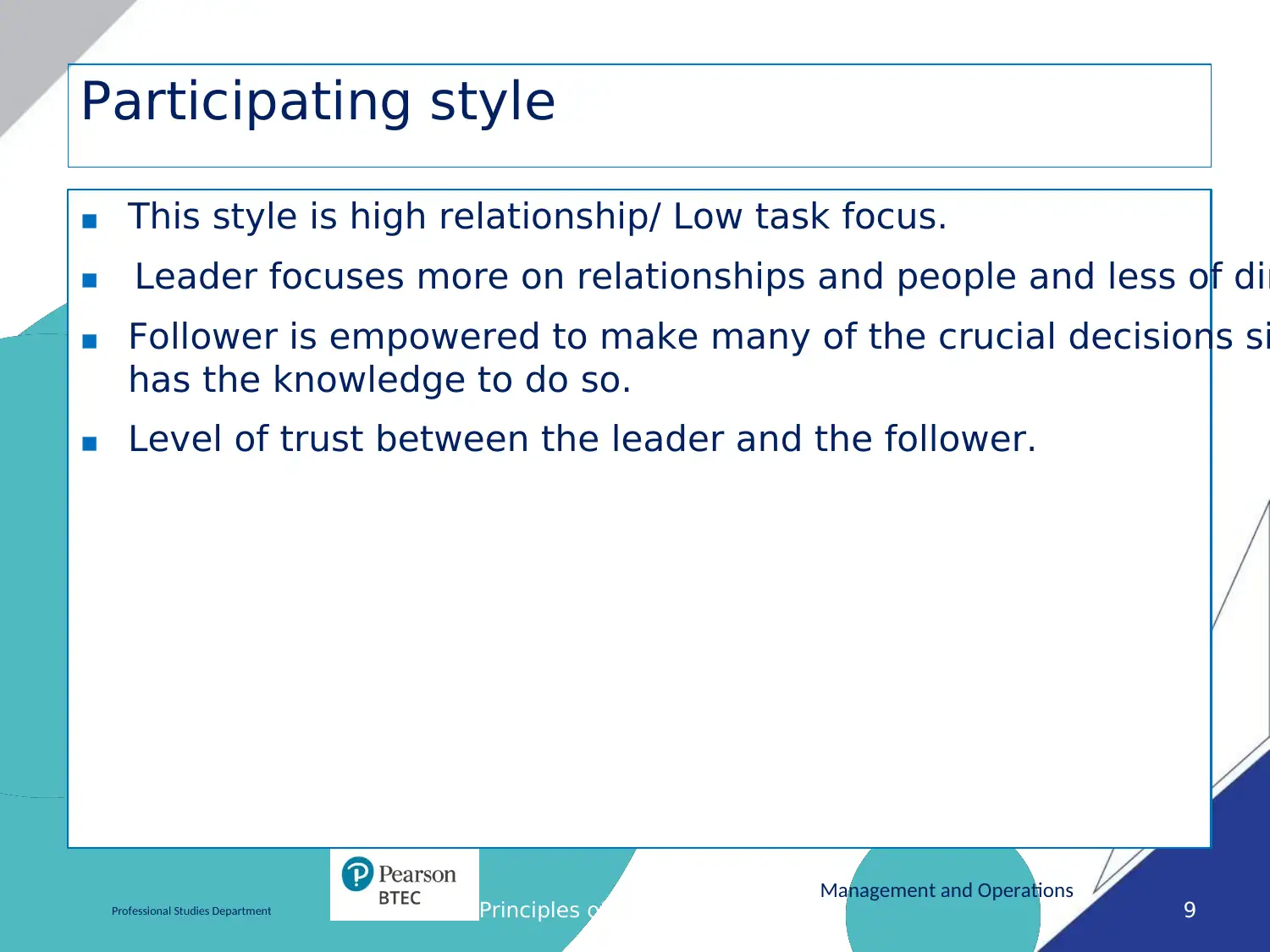
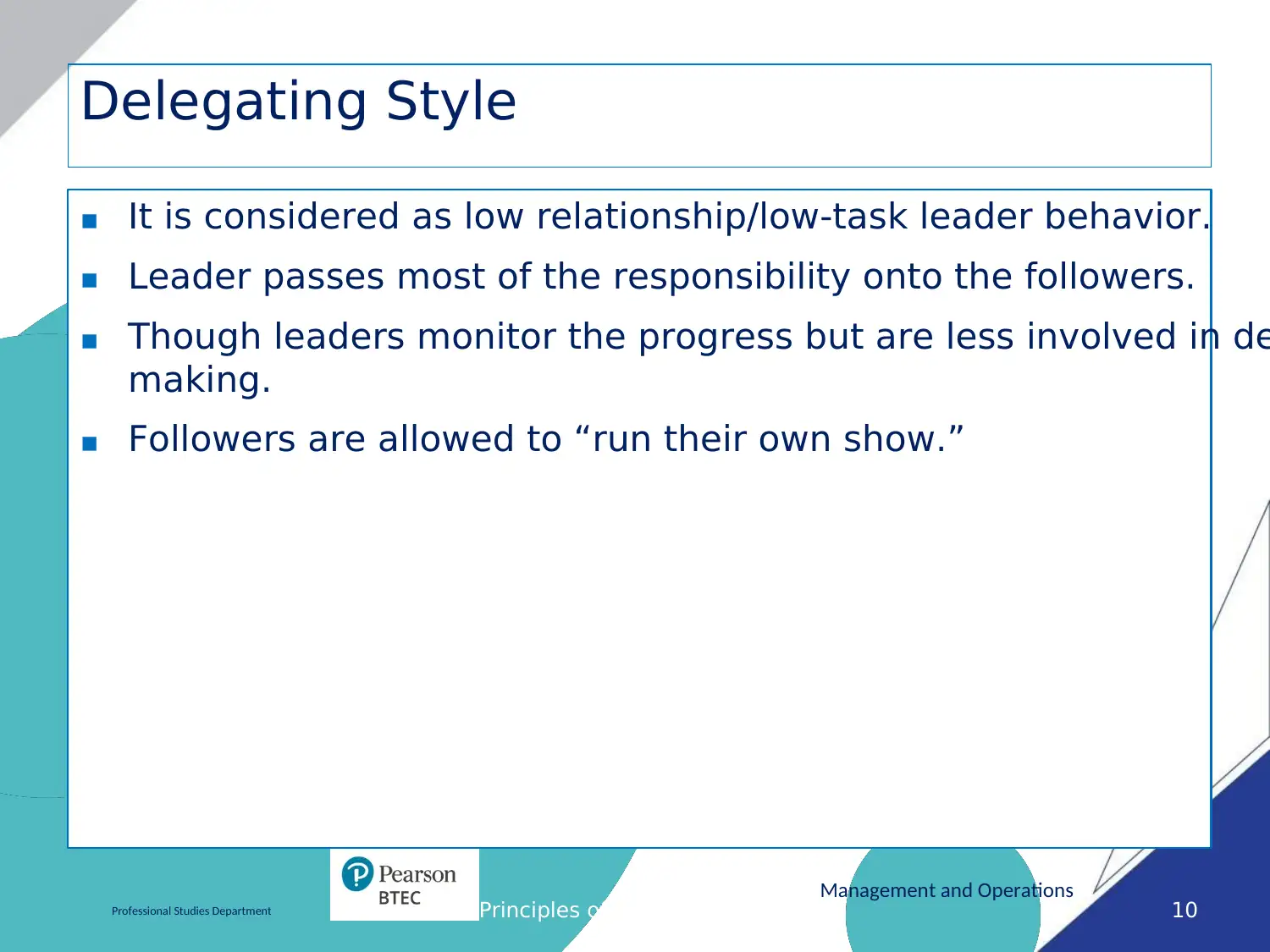
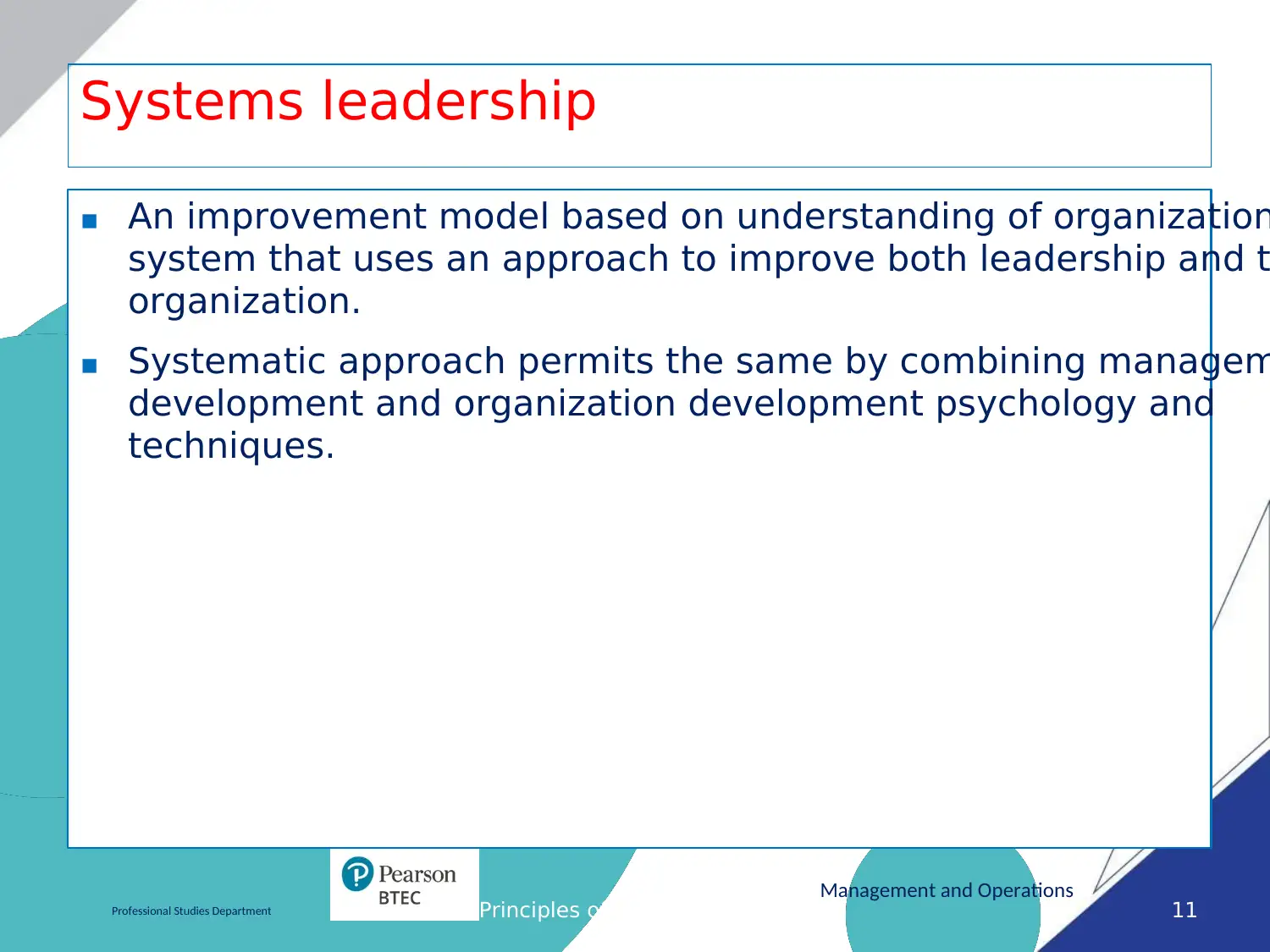
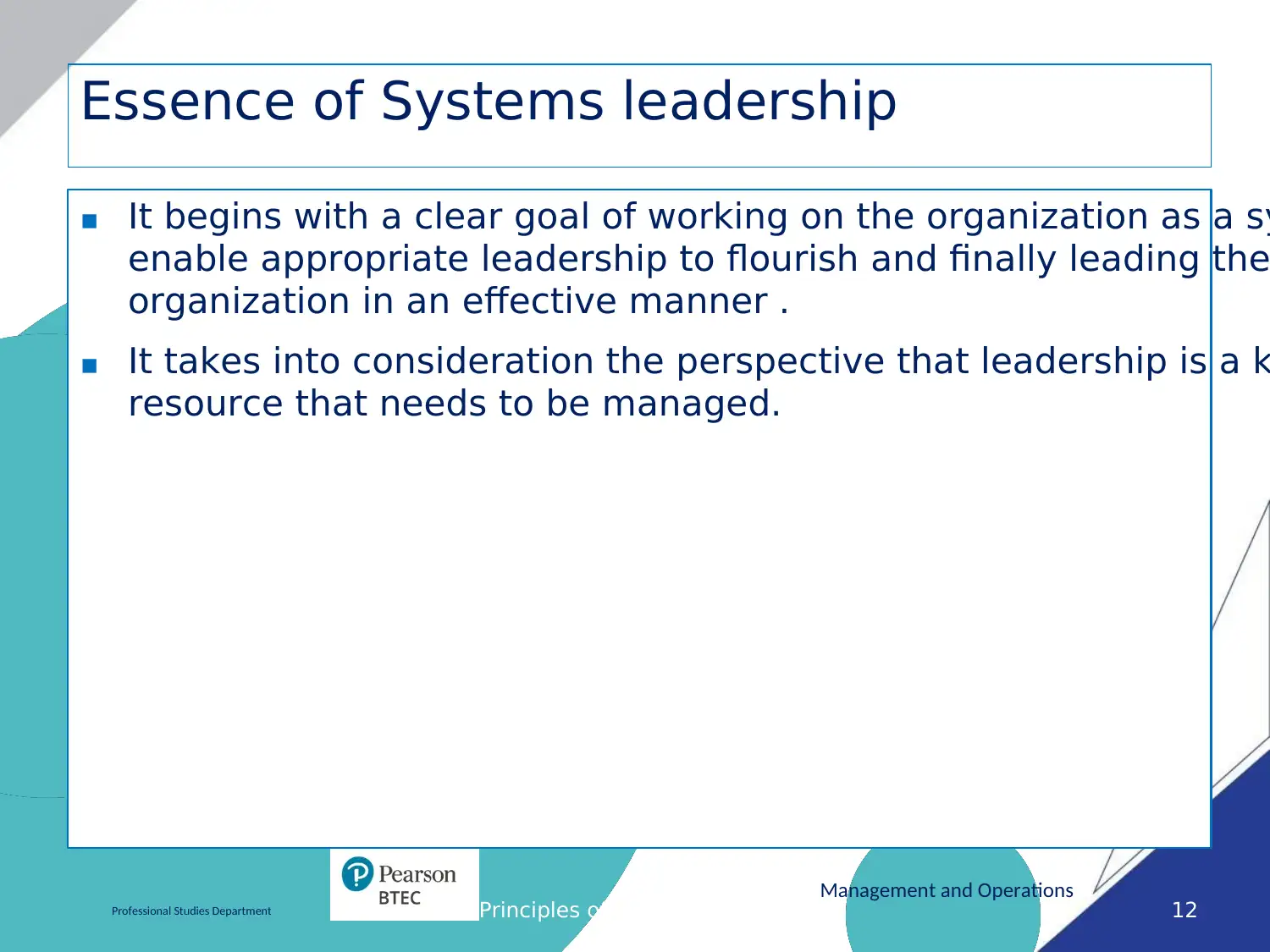






![[object Object]](/_next/static/media/star-bottom.7253800d.svg)